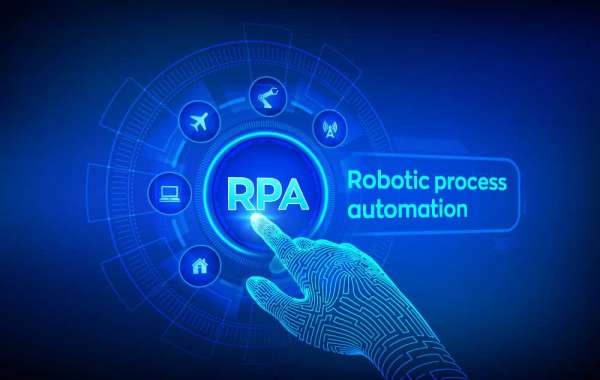Sample SidekickEDGE GDAP RPA Automation exercise
This internship is designed to test the RPA process and skills of the candidates for RPA using various tools such as
Automation Anywhere: The company’s Automation 360 is a cloud-native, AI-powered, web-based platform for end-to-end automation. RPA capabilities range from simple bots that users generate with a recorder to IQ Bot, which uses a combination of ML and data processing to extract information from documents. The platform now supplies governance, security, and compliance features as well as bots and analytics.- Blue Prism: Offering a suite of products that address different aspects and use cases of RPA, Blue Prism is now looking beyond RPA to the intelligent automation space. The company now sells a cloud-first offering featuring “digital workers” with capabilities drawn from its digital exchange marketplace.
- UiPath: The current release of the UiPath Platform (21.4) features enterprise-scale management and governance; AI-powered discovery, prioritization, and integrated development of the most impactful automations; upgrades for all user experiences; and rapid expansion of Automation Cloud capabilities. UiPath can be deployed in its hosted cloud, in a public cloud, or on-premises, although the hosted cloud is updated most often.
The document is prepared from the source link here… source link
All the links, SEO Tags and other titles on the uploaded website should be visible on the published page.
What is robotic process automation?
RPA is an application of technology, governed by business logic and structured inputs, aimed at automating business processes. Using RPA tools, a company can configure software, or a “robot,” to capture and interpret applications for processing a transaction, manipulating data, triggering responses and communicating with other digital systems. RPA scenarios range from something as simple as generating an automatic response to an email to deploying thousands of bots, each programmed to automate jobs in an ERP system.
COOs working for financial services firms were at the vanguard of RPA adoption, figuring out ways to use software to facilitate business processes without increasing headcount or costs, says Regina Viadro, vice president at EPAM Systems and adviser of the company’s IA practice. Viadro has worked on RPA engagements for clients in financial services, healthcare, retail and human resources, showing the breadth of RPA use today.
What are the benefits of RPA?
RPA provides organizations with the ability to reduce staffing costs and human error. David Schatsky, a managing director at Deloitte LP, points to a bank’s experience with implementing RPA, in which the bank redesigned its claims process by deploying 85 bots to run 13 processes, handling 1.5 million requests per year. The bank added capacity equivalent to more than 200 full-time employees at approximately 30 percent of the cost of recruiting more staff, Schatsky says.
Bots are typically low-cost and easy to implement, requiring no custom software or deep systems integration. Schatsky says such characteristics are crucial as organizations pursue growth without adding significant expenditures or friction among workers. “Companies are trying to get some breathing room so they can serve their business better by automating the low-value tasks,” Schatsky says.
https://www.cio.com/article/227908/what-is-rpa-robotic-process-automation-explained.html






